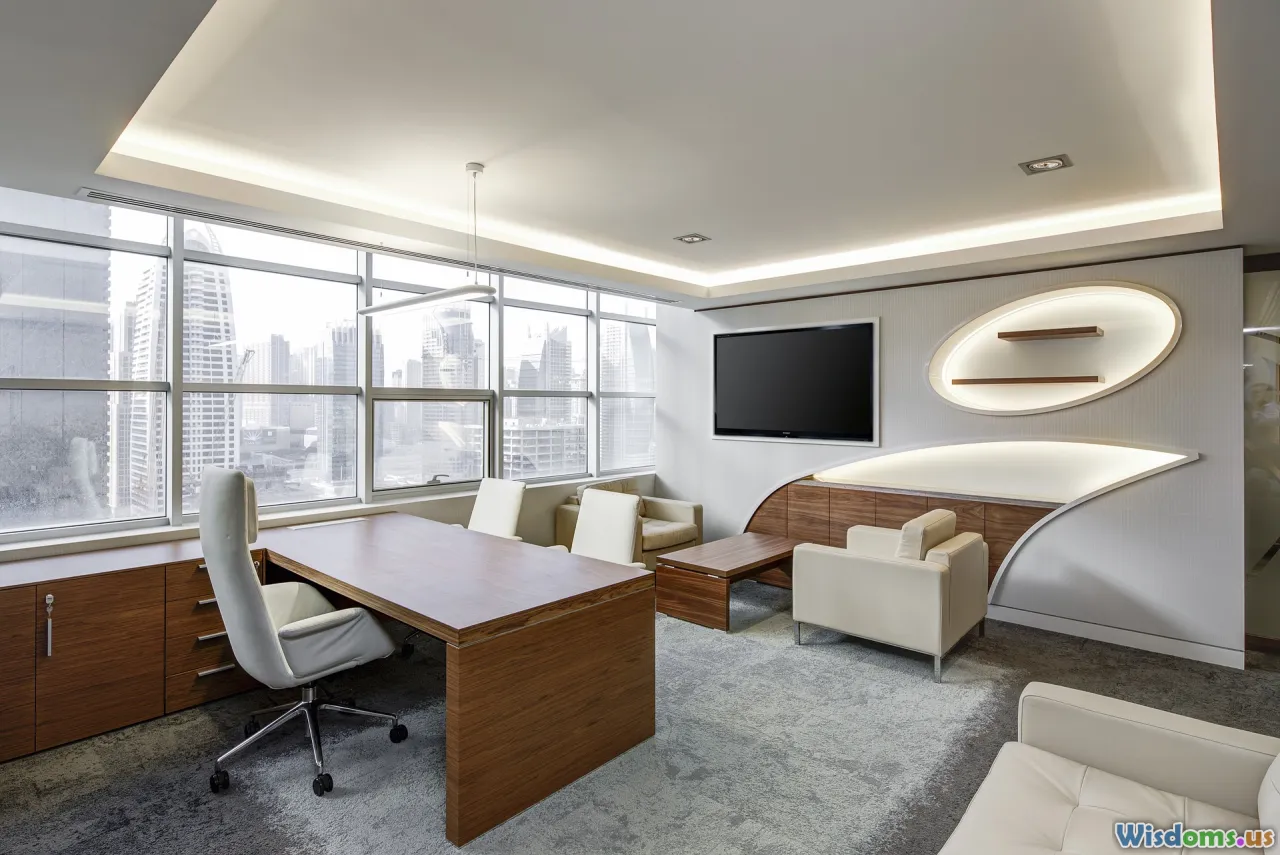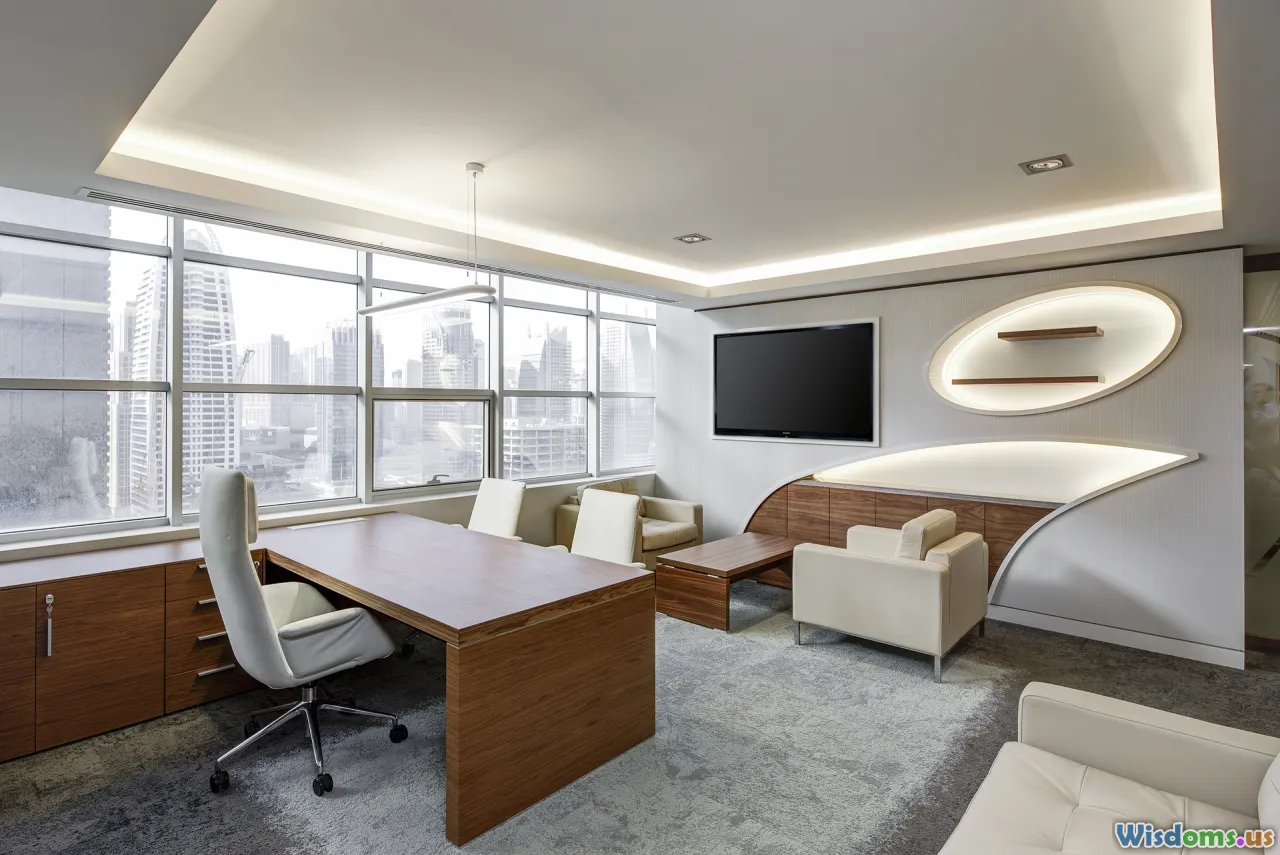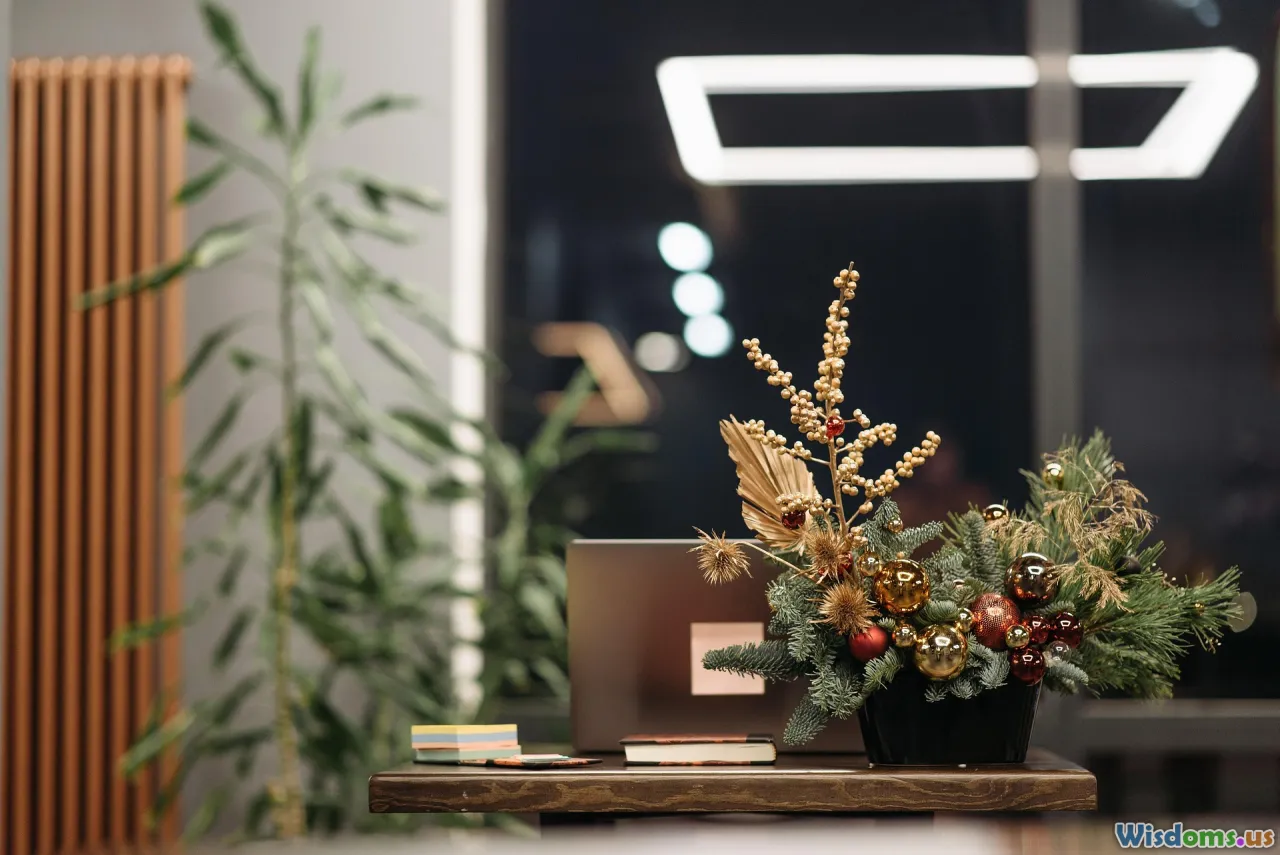
Are Open Office Plans Harming Collaboration and Focus
13 min read Examines how open office layouts impact workplace collaboration, focus, and productivity, supported by research and expert opinions. (0 Reviews)
Are Open Office Plans Harming Collaboration and Focus?
Once hailed as a panacea for boosting creativity and tearing down silos, open office plans have spread to workplaces around the globe. Promising to elevate collaboration and foster innovation, the open-plan workspace became the darling of modern office design. But years after their widespread adoption, a growing body of research and real-world experience suggests a paradox: instead of amplifying teamwork and productivity, open offices may be undermining the very elements they were designed to improve.
The Rise of the Open Office

The modern open office traces its roots back to the 1950s, when German workplace theorists pioneered the "Bürolandschaft," a design intent on flattening workplace hierarchy by removing physical barriers. American startups seized on the concept decades later, lured by both collaboration promises and the appeal of reduced real estate costs.
By 2018, about 70 percent of U.S. offices featured little or no partitioning. Major tech companies such as Google and Facebook emerged as trailblazers, spending fortunes reimagining office layouts as great halls packed with desks, pods, nooks, breakout spaces, and loud slogans about "serendipitous interaction." But did this revolution truly deliver?
Collaboration: Dream vs. Reality

Open office proponents argue that breaking down walls is the key to breakthrough collaboration. In theory, when employees see and hear each other, they're nudged toward spontaneous conversations, cross-team sharing, and creative synergy.
What Studies Reveal
Surprisingly, multiple studies reveal the opposite. In a landmark study published in Philosophical Transactions of the Royal Society B (2018), researchers observed two Fortune 500 companies transitioning to open layouts. Rather than collaborating more, employees' face-to-face communication plunged by as much as 70%, replaced largely by digital correspondence. People emailed and messaged each other instead of just turning around to talk.
Why this retreat? Many interviewees reported a lack of psychological safety: the ever-present eyes and ears in open offices led to heightened self-consciousness. Brief, casual discussions became performative, sometimes stilted. The environment, meant to lure colleagues toward organic ideation, actually made unscheduled interactions feel intrusive.
Concentration Under (Constant) Attack

Few productivity-killers are as insidious as constant interruptions. In open plan spaces, distractions aren’t isolated annoyances—they’re woven into the very fabric of daily life.
The Noise Factor
The hum of conversation, the rattle of keyboards, and the chiming of phones make open spaces a cacophony few can escape. In one 2013 survey from the University of Sydney, nearly 50% of employees in open offices cited noise as their primary complaint. Compare this to only 16% of those who worked in private offices, and the disparity becomes glaring.
But the problem isn’t simply volume—it's unpredictability. Focused work requires control over your environment. Random laughter, overlapping meetings, and exuberant phone calls force mental resets, derailing deep thought. Psychologist Gloria Mark at UC Irvine found that it takes an average of 23 minutes to regain focus after a disruption. Multiply this over a day, and the cognitive cost stacks up alarmingly.
Headphones and Hiding
To fight back, many open plan workers adopt "defensive strategies:" donning headphones, staking out hidden nooks, or making strategic escapes to coffee shops—even holding meetings outside office premises to reclaim privacy. Ironically, these adaptations run counter to the team-centered ethos behind open offices, underscoring a gap between theoretical design and human need.
Health, Well-being, and Stress

The drive for productivity sometimes overlooks a crucial factor: employee well-being. Open office environments aren’t always gentle on the mind and body.
Increased Stress Levels
Research from Scandinavian institutions consistently associates open layouts with increased work-related stress, largely attributed to noise, visual distractions, and lack of privacy. A 2011 study in Environment and Behavior found that employees in open offices had significantly higher stress and fatigue scores compared to those in partitioned environments. Notably, perceived control over one’s work environment is a major predictor of workplace satisfaction.
The Impact on Health
Physical health implications cannot be ignored. Open offices have been linked to higher sick leave rates. A pivotal 2014 study in Occupational and Environmental Medicine found that open plan employees took 62% more sick days on average than those in private offices. Explanations include the recirculation of pathogens in densely populated spaces and increased "presenteeism"—coming to work while ill to avoid being seen as absent.
Does the Open Plan Favor Some, But Not Others?

Workplaces are made up of a diverse mix of personalities and work styles, and here’s where open offices truly skew results.
Introverts versus Extroverts
Introverts tend to thrive in quieter, more controlled spaces. For many, the openness and visibility create continuous low-level stress and inhibit the ability to focus or be creative. Extroverts, on the other hand, may relish the buzz, drawing energy from proximity to colleagues. However, even extroverts can tire of the constant stimuli, especially when the workspace grows crowded or overly chaotic.
The Type of Work Matters
Creative brainstorming may benefit from serendipitous interaction, but tasks requiring confidentiality, concentration, or sensitive communication often suffer. Roles in software development, legal professions, and finance, for example, statistically rate open plans lower for productivity and satisfaction.
Case in Point: A multinational IT company reported that after moving to an open plan, its teams handling confidential data had to devise new routines to avoid leaking sensitive information, holding discussions in stairwells or off-campus whenever possible.
Redesigning for True Collaboration

If both evidence and anecdote suggest pitfalls, what’s the future of workplace design? Experts now propose a new focus: activity-based working (ABW), where spaces are tailored to specific tasks, and employees choose the environments they need throughout the day.
Activity-Based Spaces
Rather than a single vast room, ABW incorporates zones:
- Quiet Zones: For deep focus, phone calls barred, no chatter allowed.
- Collaboration Pods: Designed for teams to brainstorm with whiteboards, screens, and soft seating.
- Hot Desks & Casual Corners: For quick tasks and spontaneous meetups.
- Private Offices: Bookable for confidential work, sensitive calls, or moments of high focus.
Empowering Employee Choice
Tech giant Microsoft famously piloted an ABW layout in its Amsterdam office, yielding a 25% productivity jump and a 30% bump in reported employee satisfaction. The core principle: empower workers to match their environment to their task and temperament, not the other way around.
Tips for Navigating Open Offices

If you're not the chief architect of your workplace, there are still practical moves you can make to thrive in an open environment:
- Signal Focus with Visual Cues: Items like colored desk lights, signs, or even visible headphones discreetly alert coworkers when you're in high-focus mode.
- Master the Calendar: Pre-schedule blocks of uninterrupted time for complex tasks, communicating availability to your team and setting buffers against interruptions.
- Location, Location, Location: If your office allows, choose a desk away from busy entryways or kitchen areas, which tend to generate more noise and foot traffic.
- Negotiate Norms: Work with your team to develop shared "office etiquette"—defined quiet hours, messaging before in-person drop-ins, or TAB-out days working remotely. Joint agreements can shift culture, not just layout.
- Advocate for Resources: Petition for access to quiet rooms, phone booths, or alternative workspaces. Point to business outcomes like focus and data security, not just comfort.
These tactics, while not panaceas, can help reclaim pockets of focus and spontaneity—but they work best when complemented by employer-level change.
The Bottom Line: Design with Humans in Mind

Ultimately, the story of the open office is a lesson in balancing ideals with reality. Culture and collaboration do thrive on interaction, but rarely in one-size-fits-all environments. Context matters: the best workspaces flex around people, not the other way around.
Forward-thinking employers are now blending open layouts with private sanctuaries and collaborative nooks, guided by both solid evidence and sincere attention to how employees actually work. As businesses revisit office models post-pandemic, the result may not be the death of open plan—but its thoughtful evolution. The future of collaboration isn’t wall-free but boundary-smart, marrying creative collision with the sanctuary of focus.
After all, the most effective offices are those designed not just for communication, but for connection, concentration, and the genuine well-being of everyone inside.
Rate the Post
User Reviews
Other posts in Corporate Culture & Work Environment
Popular Posts
















